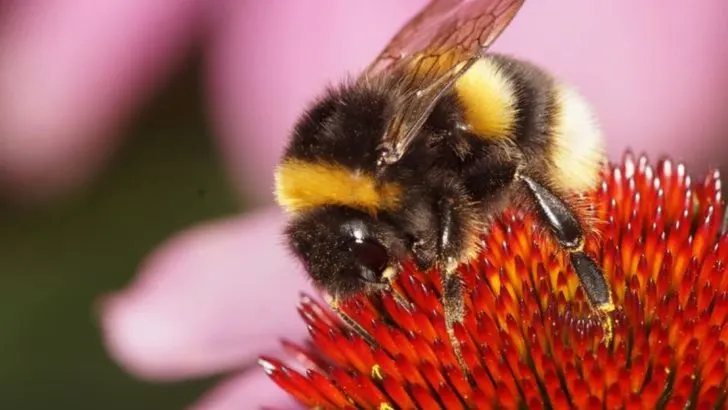Bumblebees may be small, but they’re one of the most fascinating and essential creatures in our ecosystems. These buzzing wonders are not just cute; they possess some incredible abilities that can leave you in awe.
From their unique flight patterns to their crucial role in pollination, bumblebees are far more than just garden visitors. Here are 9 incredible facts about bumblebees that will blow your mind and make you appreciate these busy little insects even more.
Size Doesn’t Limit Them
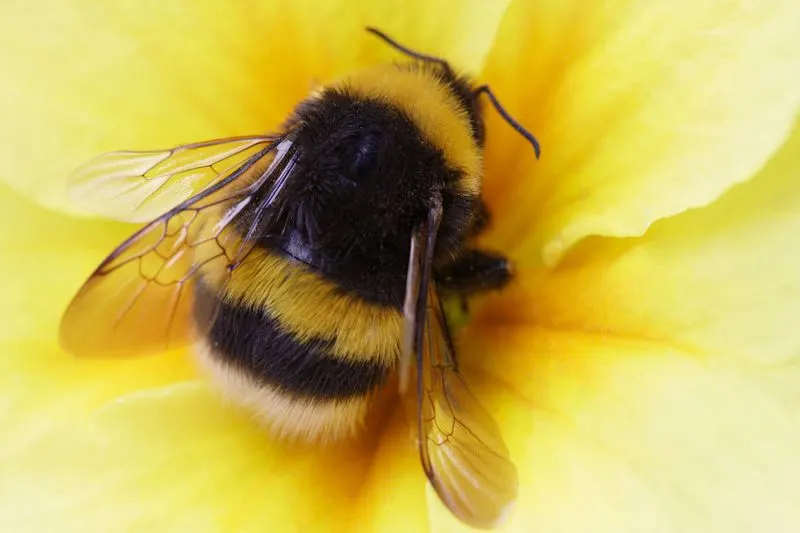
Despite their small size, bumblebees are incredibly efficient pollinators. Their wings beat 130-240 times per second, enabling them to hover and navigate through flowers with precision.
This rapid wing movement generates a vibration, known as buzz pollination, that dislodges pollen from flowers. Bumblebees are critical to the pollination of plants like tomatoes, which require this unique method.
Their ability to pollinate in cooler temperatures and lower light conditions further sets them apart from other insects. Through their buzzing efficiency, bumblebees ensure the proliferation of countless plant species, making them indispensable to agriculture and wild ecosystems.
Unique Social Structure
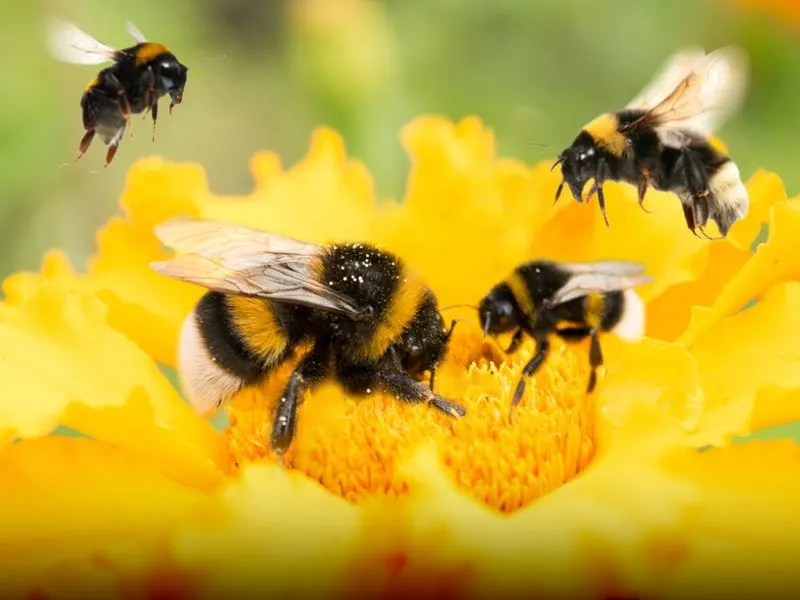
Bumblebee colonies operate with a clear social hierarchy that enables efficient functioning. At the helm is the queen, whose sole purpose is to reproduce and manage the colony’s cohesion. Worker bees, primarily females, undertake tasks such as foraging, feeding larvae, and maintaining the nest.
Male drones exist solely to mate with new queens from other colonies, ensuring genetic diversity. This structured social organization allows bumblebees to thrive in diverse environments. Each member’s specialized role is crucial for the colony’s survival, enabling teamwork and adaptability in ever-changing conditions.
Masters of Temperature Regulation
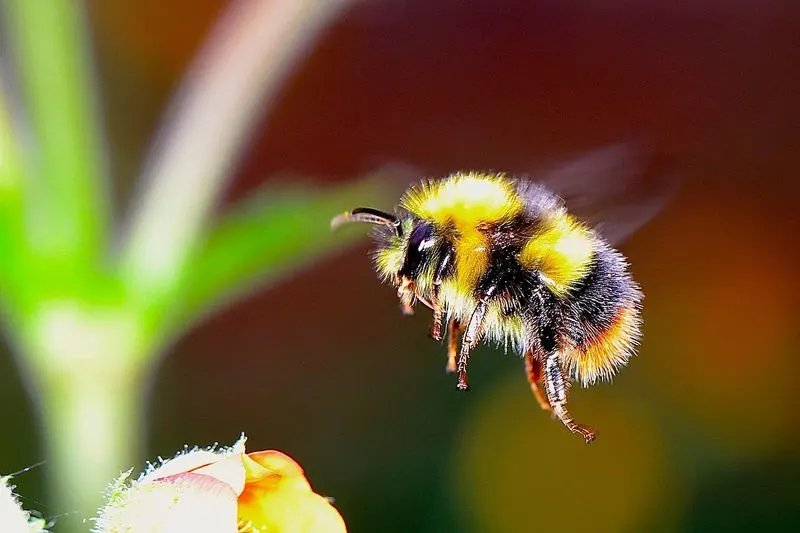
Bumblebees possess a remarkable ability to regulate their body temperature, allowing them to thrive in cooler climates. By shivering their flight muscles, they generate heat, which enables them to forage in temperatures as low as 10°C (50°F). This thermal adaptation not only extends their foraging hours but also permits them to colonize regions where other bees might struggle.
Such adaptability ensures that they continue pollinating plants in various environments, even when conditions are less than ideal. Their thermal regulation showcases their resilience and versatility in the face of climate challenges.
Short But Impactful Lifespan
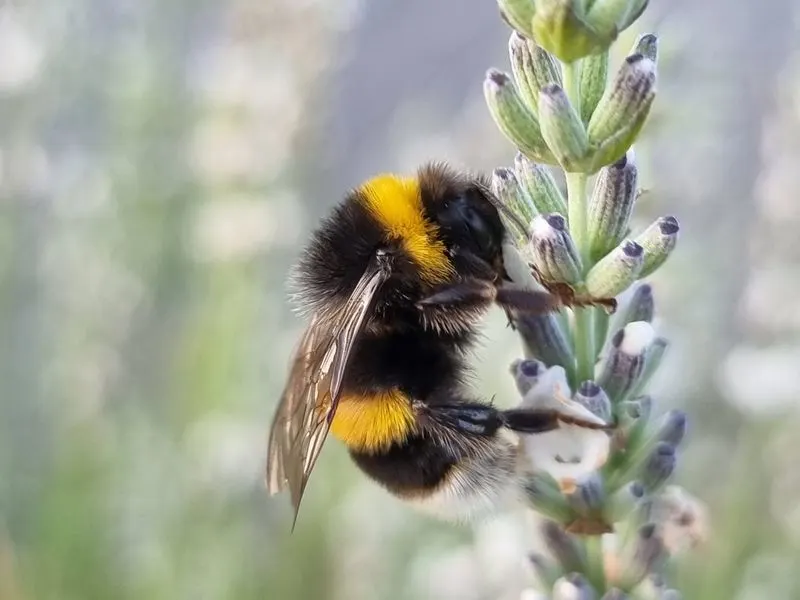
Bumblebees have a relatively short lifespan, with worker bees living for just a few weeks during the bustling summer months. Despite this brevity, they achieve impressive feats in their lifetimes. Within this limited period, they contribute significantly to pollination, visiting hundreds of flowers each day. Their efforts ensure the reproduction of plants and the production of seeds and fruits.
Bumblebees’ short lives are packed with purpose, highlighting their pivotal role in sustaining ecosystems and supporting agriculture. This fleeting existence underscores their profound impact on the environment.
Color Perception and Preferences
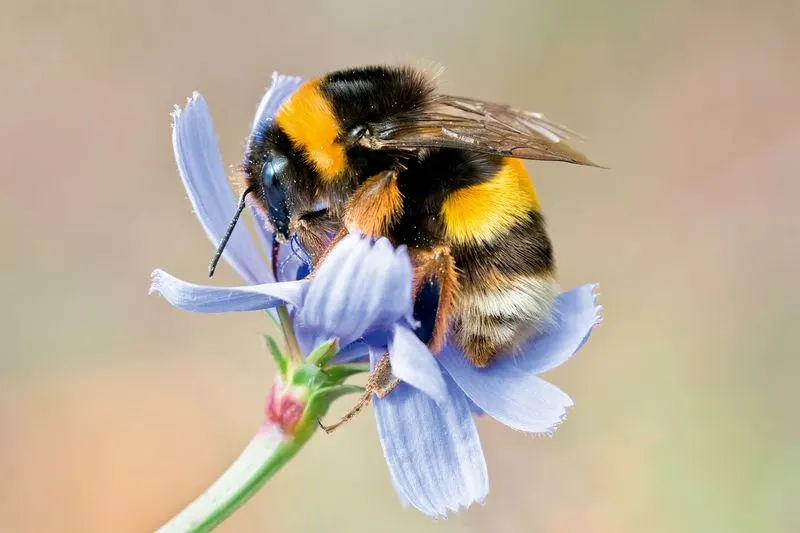
Bumblebees have a unique color vision that allows them to see ultraviolet light, invisible to the human eye. This ability helps them identify flowers rich in nectar and pollen. Studies show bumblebees exhibit a preference for purple flowers, which often contain higher nectar rewards.
Their keen perception enables them to make efficient foraging decisions, maximizing their energy intake during each trip. By understanding flower colors and rewards, bumblebees optimize their role as pollinators. Their color preferences also influence the evolution of flowering plants, driving natural selection towards more vibrant blooms.
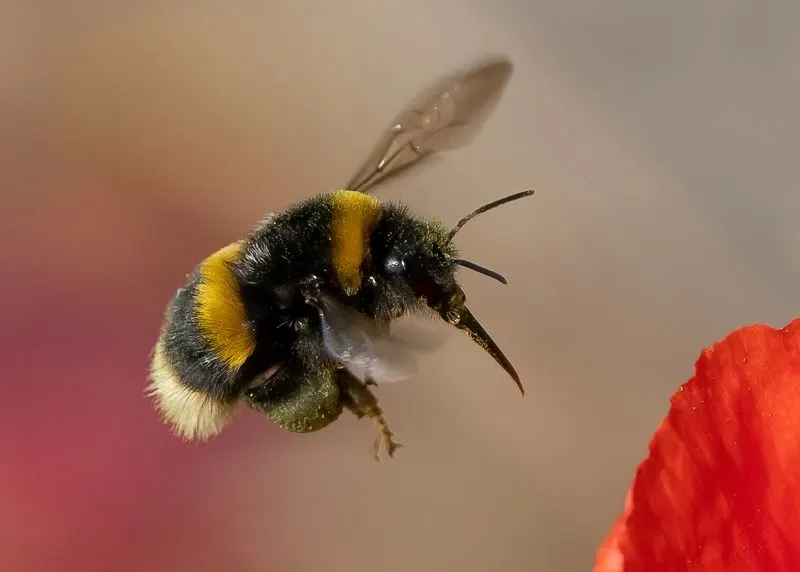
Bumblebees are equipped with extraordinary navigation skills, allowing them to find their way back home from vast distances. They use a combination of visual landmarks, sunlight, and their internal circadian rhythm to navigate effectively. This homing ability ensures they can forage over extensive areas without losing track of their nests.
Research has shown that bumblebees are capable of learning and memorizing routes, enhancing their foraging efficiency. These navigation talents are crucial for their survival, as they balance energy expenditure with resource collection. Bumblebees’ impressive orientation skills highlight their intelligence and adaptability.
A Diverse Diet
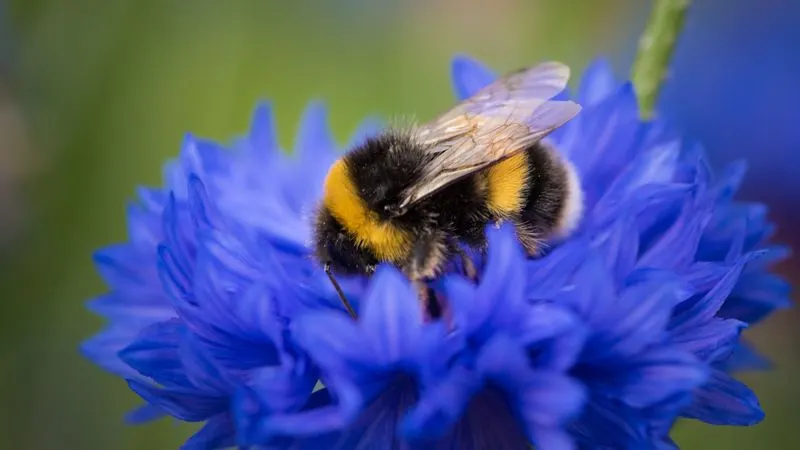
Unlike some bees with specific dietary needs, bumblebees enjoy a diverse diet that includes nectar and pollen from a wide variety of plants. This dietary flexibility allows them to adapt to different environments and seasonal changes.
By not depending on a single plant species, they enhance their resilience and survival prospects. Their broad diet also makes them vital for pollinating a multitude of crops and wild plants. Bumblebees’ ability to thrive on diverse floral resources underscores their importance in maintaining ecological balance and supporting agricultural productivity.
Essential Ecosystem Contributors
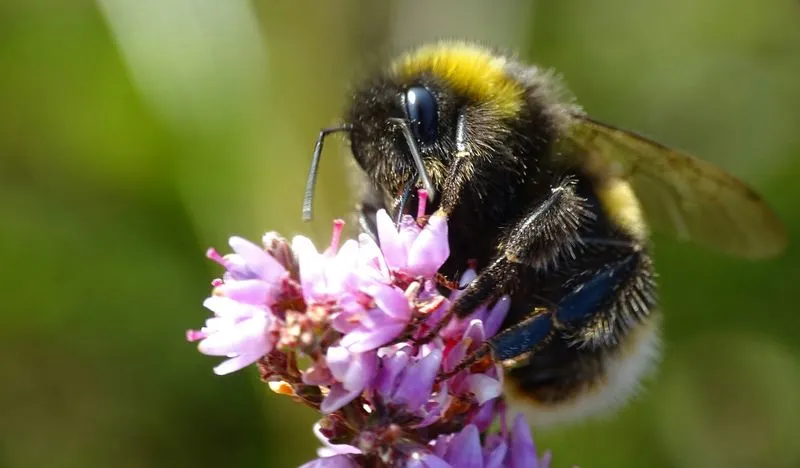
Bumblebees are integral to ecosystem health, playing a critical role in pollinating both wild plants and agricultural crops. Their buzzing visits to flowers facilitate the reproduction of over 70% of the world’s flowering plants. This pollination activity supports biodiversity and food production, directly impacting the availability of fruits, seeds, and vegetables.
By promoting genetic diversity within plant populations, bumblebees contribute to ecosystem resilience. Their presence in various habitats ensures continued plant reproduction and ecological stability. Bumblebees’ contributions extend beyond individual plants, influencing entire ecosystems and human agriculture.
Threats and Conservation Efforts
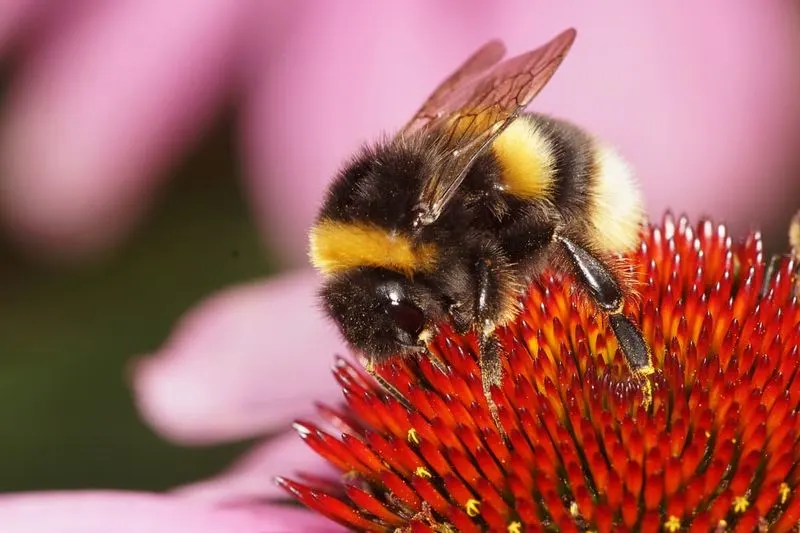
Despite their importance, bumblebees face threats from habitat loss, pesticides, and climate change. Conservation efforts are crucial to protect these vital pollinators. Initiatives include creating bee-friendly habitats, reducing pesticide use, and supporting research on bumblebee ecology and conservation.
Public awareness and community involvement also play a role in safeguarding their future. By fostering environments where bumblebees can thrive, we ensure their continued contribution to biodiversity and agriculture. These efforts not only help maintain bumblebee populations but also benefit other species and the ecosystems they inhabit.

